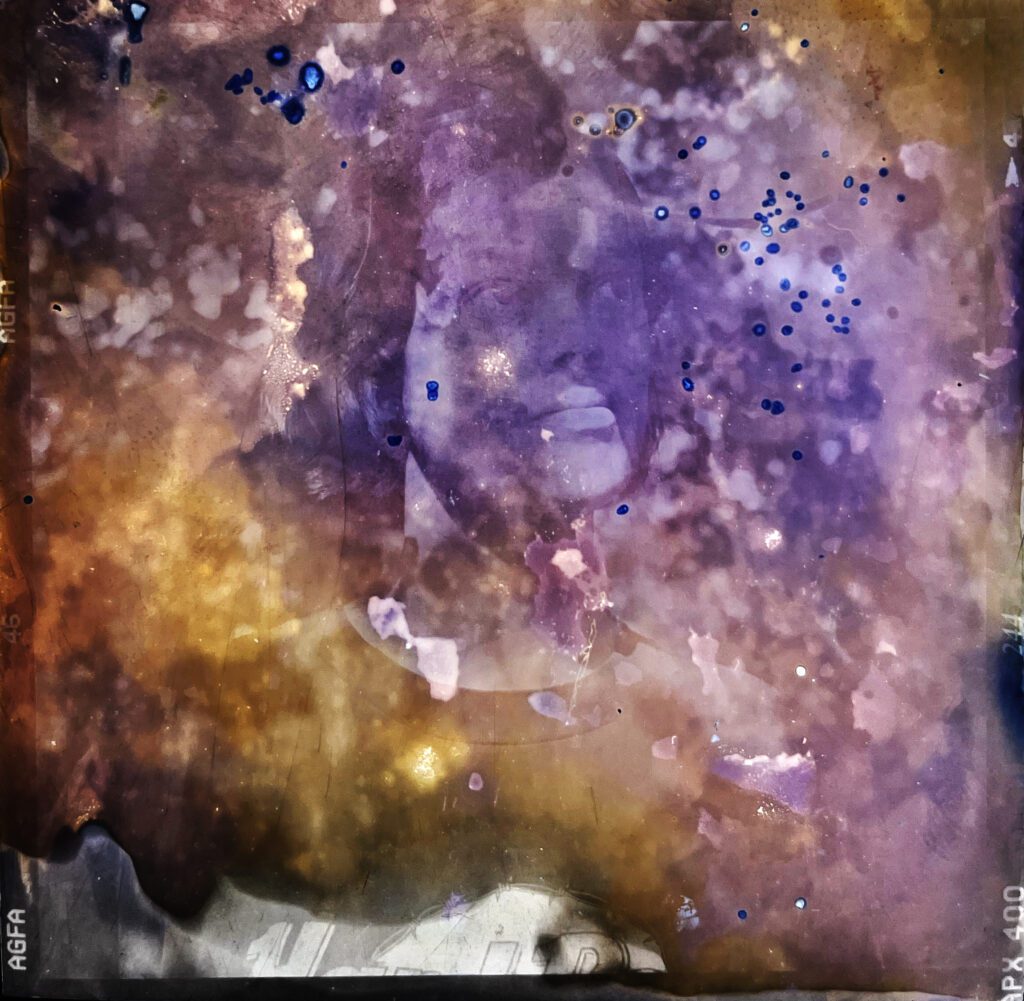Book a film portrait session!
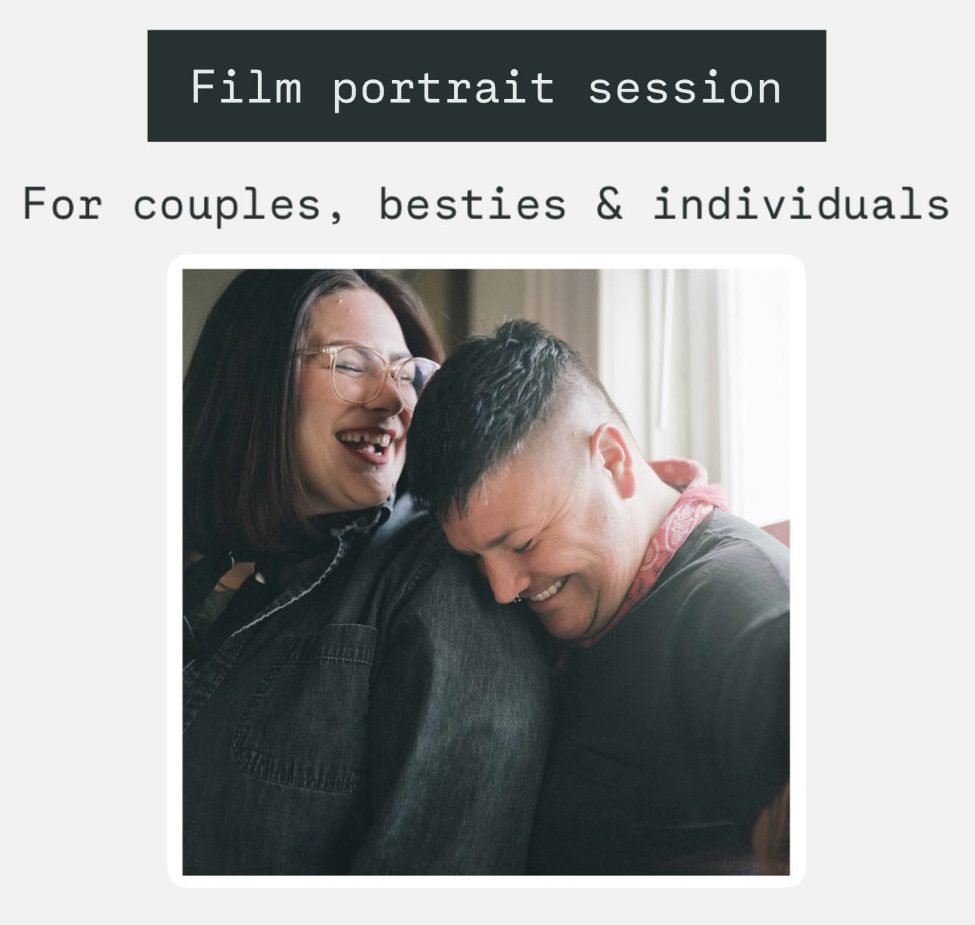
Want to capture special memories with your beau or bestie? Need some individual shots for your artist portfolio, or a professional headshot that stands out?
I love capturing candid and authentic moments where you feel the most you, that you can look back on fondly in years to come.
Book a film portrait session by February 14th for a SPECIAL discounted rate!
Use for yourself or gift to a friend 😘
What’s Included ($250)
- 1-2 hour portrait session at a location chosen by you or the photographer
- Up to 50 high resolution film photos on a digital download link
- Bring an outfit change to give your photos some variety!
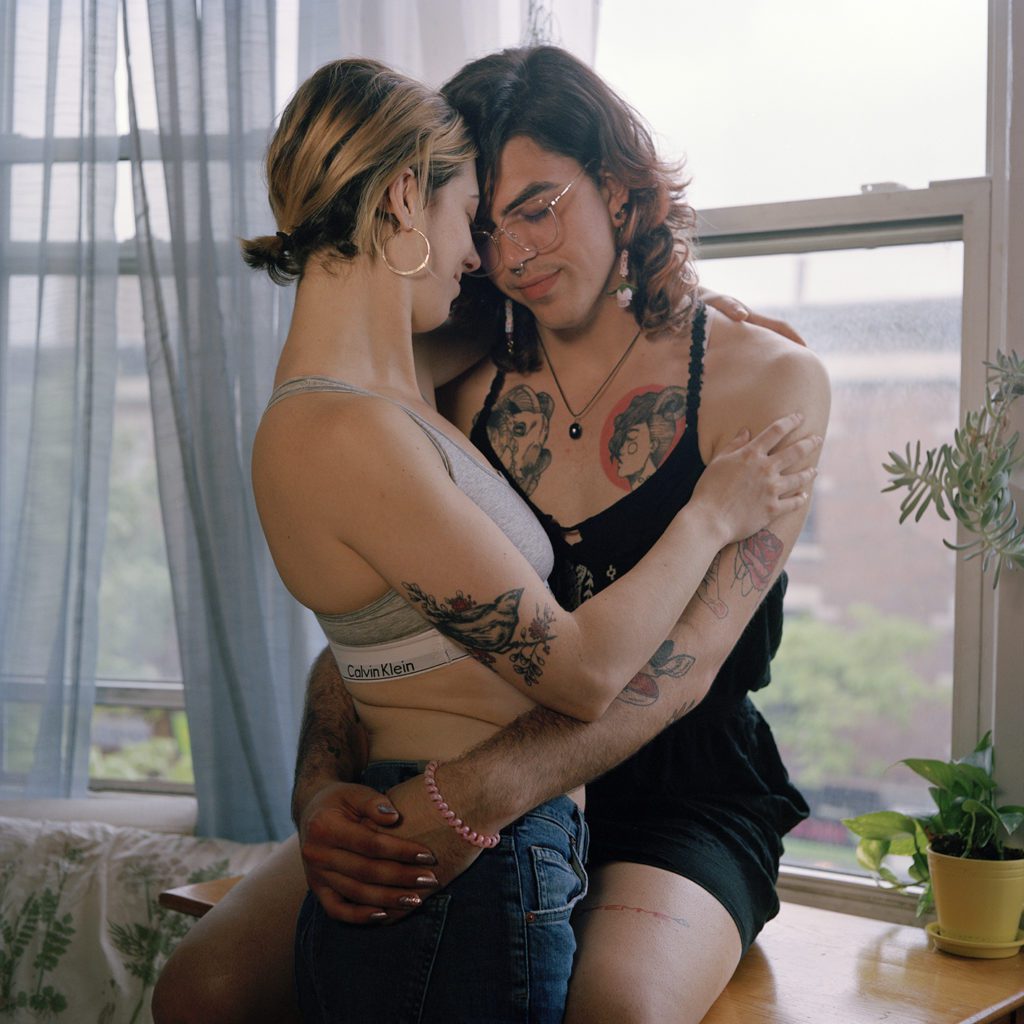
Add on ($50)
- Alternative process portraits (with cyanotype chemicals) *
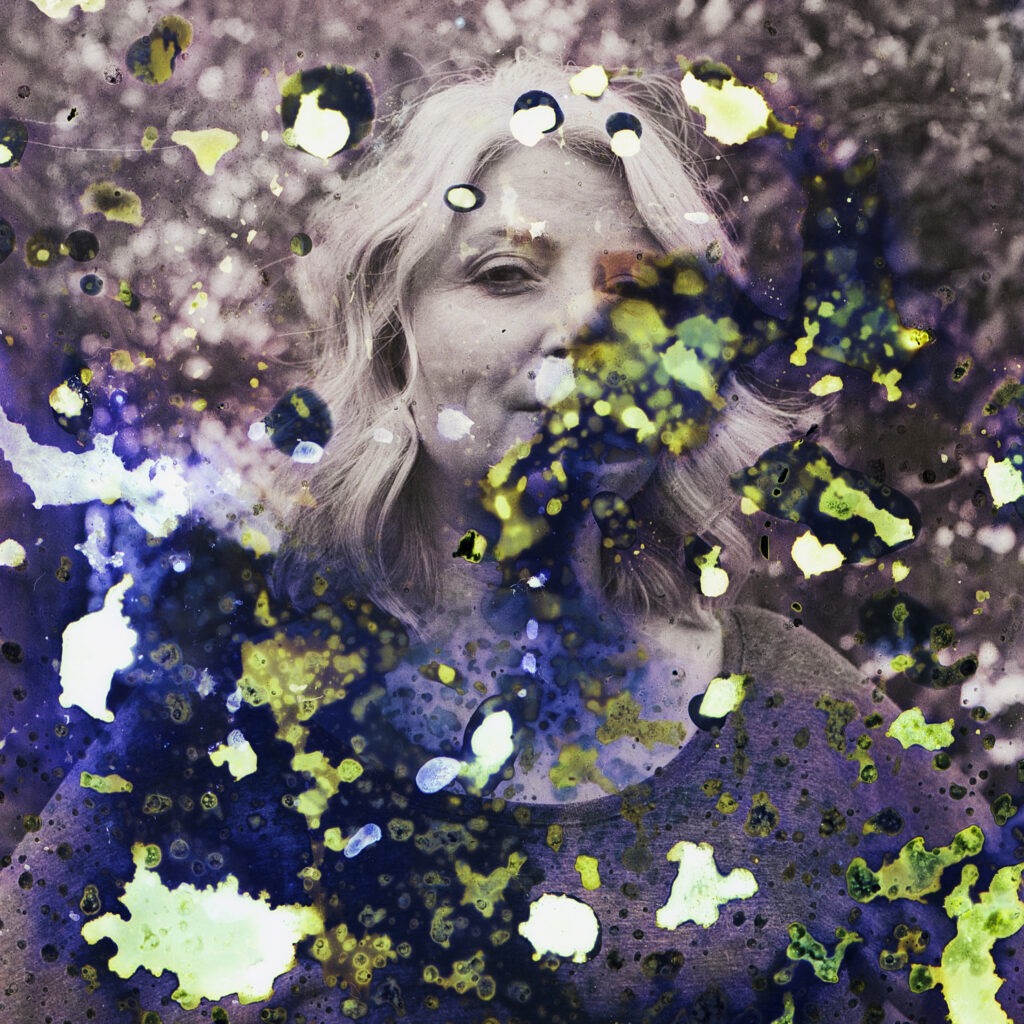

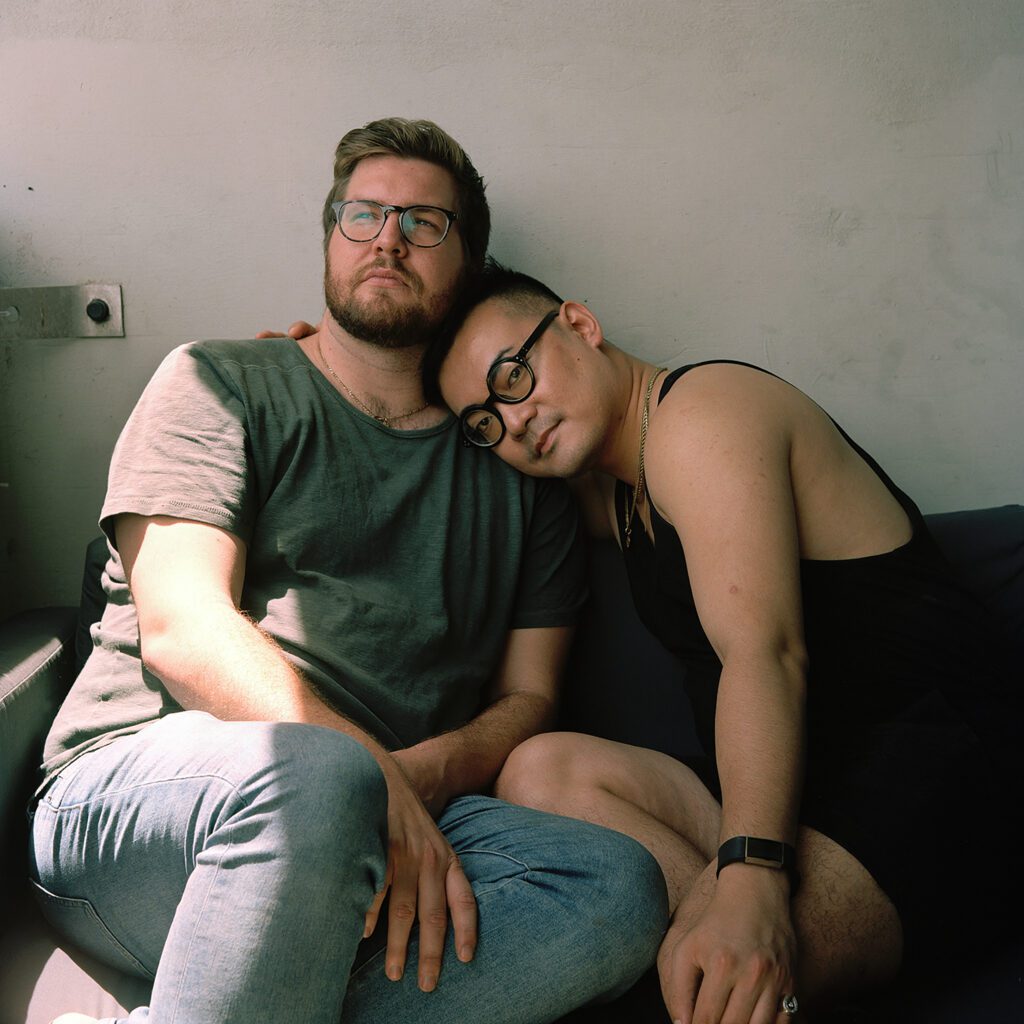
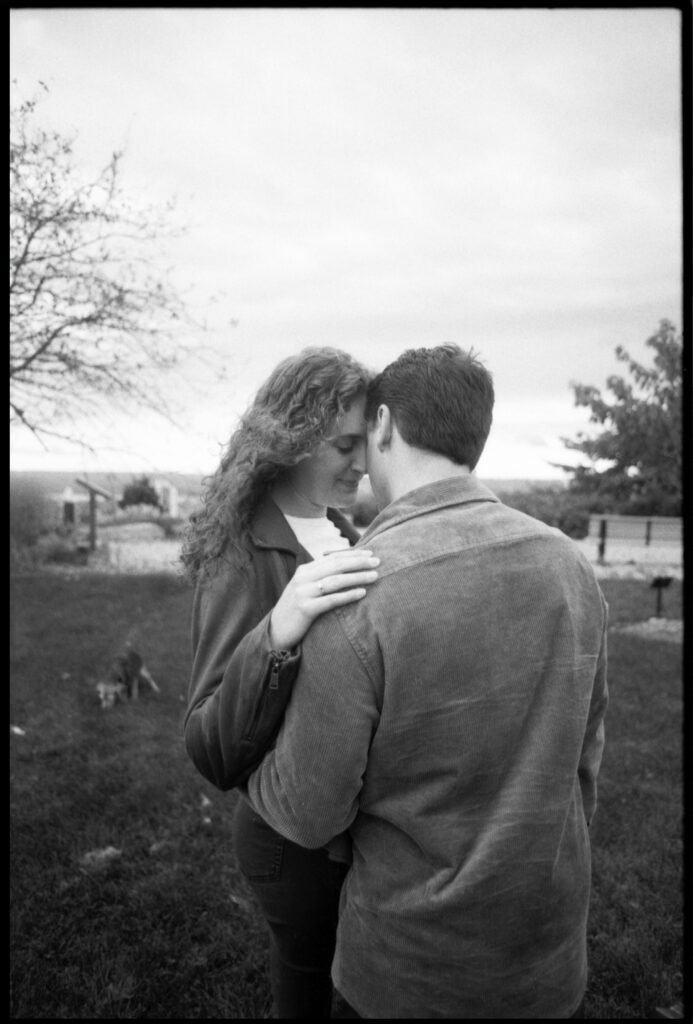
Interested?
Fill out the form HERE : https://forms.gle/YXYLAKHE8eNWfxNT6
Questions/Comments?
Feel free to get in touch with me over email msearswilliams@gmail.com
Fine Print:
A 50% deposit is required upon booking to secure your spot. The photo session must be used within 9 months (valid until November 14th, 2025).
Portrait sessions include 1-2 people, with an extra fee per additional person. Locations must be within Metro Vancouver area. If outside, clients are subject to a travel fee.
*Disclaimer on alternative process portraits:
This alternative process includes cyanotype chemical applied to the film negative. This unique add-on is different each time and provides a one of a kind portrait. Due to the nature of this, clients should understand that results and colours will vary.
